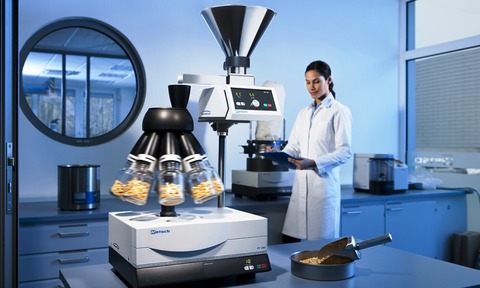
A white paper published by Retsch Technology highlights how one of the greatest sources of error in analysis can be erradicated through correct sample preparation.
The paper discusses the importance of correct sample preparation prior to analysis, a step which is often neglected.
It describes which factors have to be taken into account when dealing with heterogeneous sample materials and whether results will be affected by which part of the whole is sampled.
Often only a few grams or milligrams of the laboratory sample are required for analysis. Automated sample division ensures that these are representative of the initial material.
However, many laboratory samples still cannot be analysed directly because they contain big or segregated particles.
Grinding and homogenizing those samples helps to reduce the particle size so that the inner parts become available for analysis.
Ideally, the properties which are originally spread heterogeneously all over the sample are distributed homogenously after the grinding step. Only then will analysis results be reproducible and standard deviations reduced to a minimum.
The white paper describes the uses of milling and grinding, and also features case studies.






